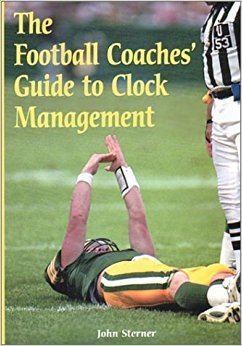 | ||
Whitlock 1 on 1 mike pereira on nfl clock management issues speak for yourself
Clock management is a component of strategy in American football. Toward the end of either half, or of any overtime period, the time remaining on the game clock becomes increasingly relevant.
Contents
- Whitlock 1 on 1 mike pereira on nfl clock management issues speak for yourself
- Idiot with bad clock management loses the game madden 16 draft champions gameplay
- Rules for the game clock
- Strategies
- References
Idiot with bad clock management loses the game madden 16 draft champions gameplay
Rules for the game clock
Upon kickoff, the clock is started when a member of the receiving team touches the ball, or, if the member of the receiving team touches the ball in their end zone, carries the ball out of the end zone. The clock is stopped when that player is tackled or goes out of bounds. However, in the NFL the clock runs when a player goes out of bounds unless it's the final two minutes of the first half or final five minutes of the second half. (The clock never starts if the receiving team downs the ball in their own end zone for a touchback.) The clock is then restarted when the offense snaps the ball for their first play and continues to run unless one of the following occurs:
Each team is given three time-outs per half which they can use to stop the clock from running after a play.
Strategies
A team on offense that has the higher score seeks to use as much time as possible. A drive that scores no points may nevertheless benefit the team by taking time off the clock. The team may:
The team may use counterintuitive game plans, such as declining to score or allowing the opponents to score, to accelerate the end of the game.
A team on offense that has the lower score seeks to conserve time. The team may:
A team on defense has little control over the pace of the game. It may expend its time-outs to ensure that there is adequate time left on the clock, in case the team regains possession.
